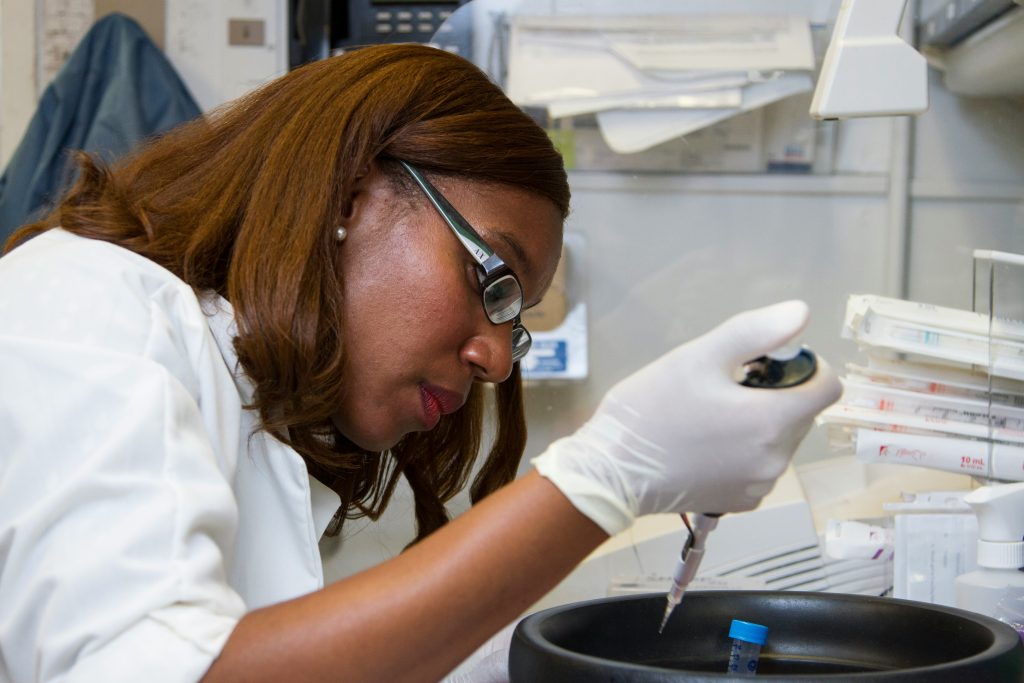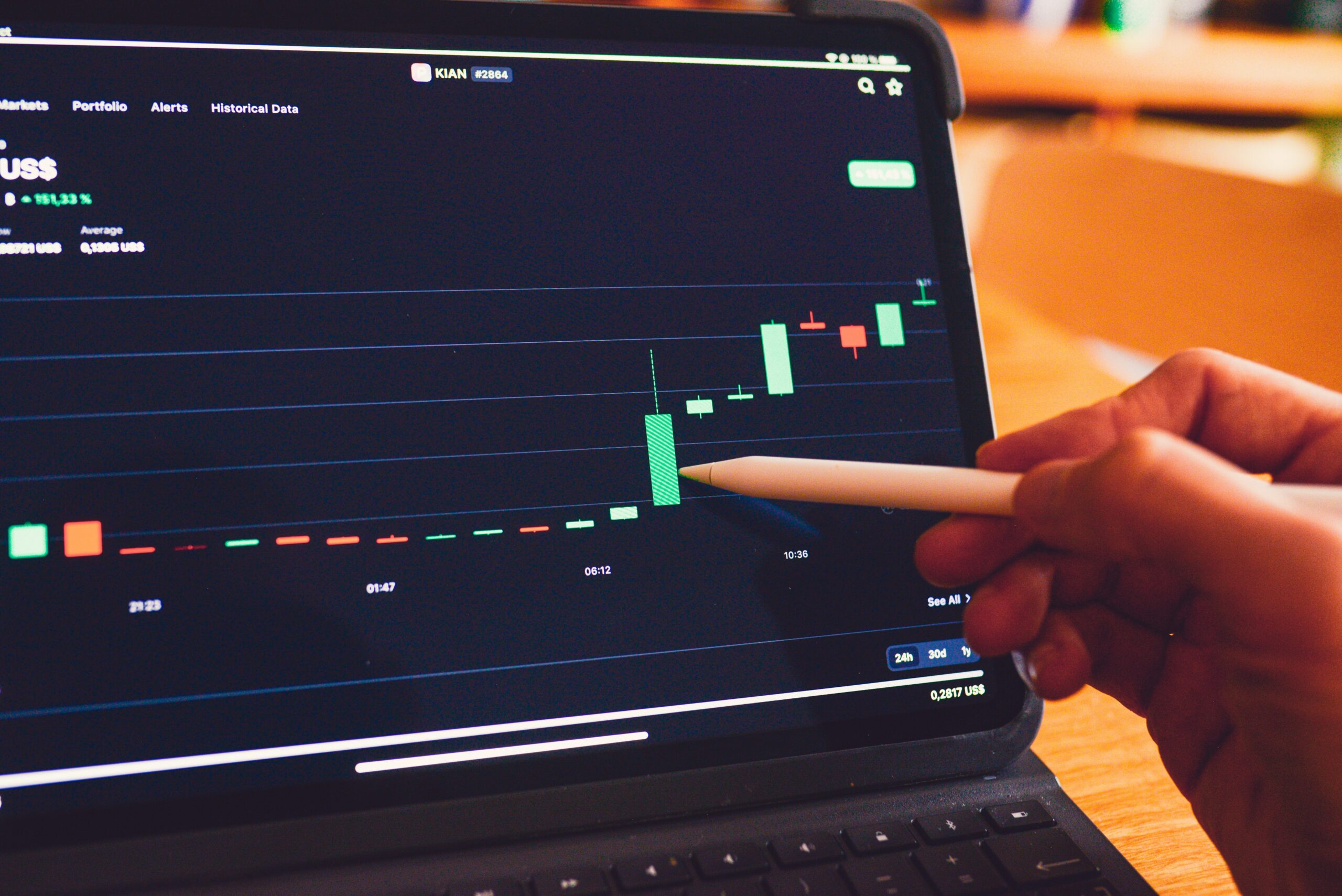Although DSM’s payment factory offered an exceptionally high level of service, the system was no longer supported by SAP and, to avoid rising maintenance costs, Dutch multinational DSM decided to switch to a new version of the SAP system. With 160 business units in 25 countries around the world, as well as new standards for SEPA and SWIFT, the challenge was huge.
In the first half of the twentieth century, state-owned company Dutch State Mines was still exploiting underground coal seams in the province of Limburg. Slowly but surely, it continued to expand as a chemicals company, when it started producing ammonia and artificial fertilizer based on by-products released when coal is vaporized. In 1973, the last coal mine was shut down but the decision was also made to abbreviate the company’s name to DSM. Production had been shifting increasingly away from bulk chemicals and towards nutrition and performance materials (plastics). The petrochemical activities were sold in 2002. The Dutch government listed 69% of the shares on the stock exchange in 1989, followed 17 years later by the remaining 31%. DSM has held the designation ‘Royal’ since 2002. From its head office in Heerlen, the company operates on an international scale from several hundred branches and its products are used in various sectors including the food industry, the healthcare sector, the automotive industry, paint, and construction. DSM has steadily expanded in recent years and now operates in 25 countries around the world.
A new SAP system
In 2002, its expansion prompted the company to acquire and implement an SAP system which (on a small scale) was gradually rolled out across various countries in which DSM was already active at that time. The ultimate outcome was a new payment factory capable of processing all payments through a single channel, which went live in 2005. “We were really pleased with the system and had built a reputation and a service level that we could be proud of,” relates Raymond Snijkers, manager of the payment factory & IT. “In terms of straight-through processing (STP) rates, the banks rated us very highly. We had very few payments refused in proportion to the volume.” In other words: the payment instructions were automatically processed correctly, without human intervention. In 2012, however, the need arose for a new SAP system. Snijkers says: “To avoid an exponential increase in maintenance costs, our IT organization decided that the existing SAP system had to be upgraded to the latest standard. We were still using R3 systems, with a CFM2.0 module for treasury. But by then, SAP had adapted its products to new technologies. With treasury, we set about investigating what this would entail for us and it soon became apparent that we were looking at more than just a technical upgrade. The SAP system for treasury had changed so much that an upgrade alone wasn’t enough; we had to do a redesign.”
Thoroughly prepared
The treasury department began looking into the best way of tackling the redesign. Snijkers says: “If we were going to make such a big investment, we would have to look at ways from the outset of maximizing the benefits, guided by the basic premise that processes had to remain secure. Our internal control design was perfect and we certainly didn’t want to abandon it. So the choice was to opt for an upgrade that was both technical and functional, but which is based on the current treasury processes, with internal control and all the features necessary in order to use the system securely. In this sense, it was not a ‘green field’ approach.” By then, SEPA was also in the offing, which meant that, as a corporate, DSM had to get to grips with different payment methods. On top of that, Swift was opening its doors to corporates with SWIFTNet. As well as the various new takeovers and cooperative ventures, it was clear that DSM, and corporate treasury in particular, faced quite a few challenges in switching to the new system. “That’s why we prepared the project very thoroughly,” recounts Snijkers, “being well aware of what lay ahead. As treasury, we are in a high-risk environment, which means we are extra cautious with these kind of things. After thoroughly investigating all the potential implementation partners, we chose Zanders.”
Tight timescale
The project, which was dubbed TRUST (The Road to Upgrade SAP Treasury), got underway in September 2012, with Snijkers as the project manager. “We were aiming to get the system up and running in less than 10 months, including the roll-out to 160 DSM business units in 25 countries. To compound matters, we had to achieve all of this at a time when DSM was already tied up with another large project involving the global reorganization of its creditor admin system, as part of which all the units around the world were transferring their invoice payments to a central service center. So, as well as building a completely new treasury system, with all the interfaces, we also took on the task of simultaneously switching to SEPA and SWIFT connectivity,” explains Snijkers. “It was partly because of all the challenges we were facing that we chose such a tight timescale,” relates Hans Vossen, VP corporate treasury at DSM. “DSM never stands still. As a company, there are a number of risk factors in a project which you constantly have to bear in mind, such as the right staffing levels, backup and communication, and good time management. Everything had to be done within a very short space of time. So the idea was: we freeze everything and don’t make the changes until the new system has been introduced. You can’t sustain this situation for long, not least because overruns cost money. Things went smoothly for a long time; it wasn’t until the end that we came across hurdles. One and a half months before the system was due to go live, we knew it wouldn’t be easy to stay on schedule but at the same time I think the success of the project really hinged on the fact that, for a very long time, we focused on going live on 1 April. Because of this, everyone worked tremendously hard when we decided to postpone the implementation by a fortnight.”
Unexpected hurdles
The project went live on 1 May 2013, and all customers started using the new solution from that date. “Zanders was actually ready by then,” says Vossen. “All the major issues had been resolved. But when we went through the payment circle, we did encounter a few problems. Internally, it was paramount to get all 160 units up and running but, where creditors are concerned, you can’t test in advance whether everything will work properly. To then discover that something isn’t working properly is, naturally, frustrating. And a real shame, because everything had been going so well up to that point. Although it caused the users a bit of inconvenience, all the issues were tackled swiftly.” According to Snijkers, the complexity and diversity of the payment factory was one of the key issues. “Migrating from the various customized elements we had introduced in the old system to the new payment factory proved very challenging. On top of that, the introduction of ISO20022, combined with SWIFT connectivity, didn’t deliver the degree of standardization we had hoped for. Because of this, the set-up and testing phases of the change process are a huge undertaking – which meant the project threw up plenty of unexpected hurdles.”
What did Zanders do for DSM?
- Treasury process analysis via workshops to determine the project scope, for the following processes;
- Master Data Management
- Market Data Management
- Recording and accounting for financial instruments
- Cash Management
- Intercompany Payments
- Bank Connection
- SWIFT Onboarding and Implementation
- SWIFT service bureau selection and implementation
- SAP Treasury Implementation, including Cash Management (CM), Treasury and Risk Management (TRM), In-House Cash (IHC) and Bank Communication Management (BCM)
Resuming high service levels
In the end, therefore, it took longer than planned to make the switch to an efficient new system of standardized processes. “Compared with the implementation of the old system, this project was rather more complex,” says Snijkers. “Our payment factory has expanded greatly in the past seven years. We now provide a truly global service and the number of payments, payment methods, and customers has increased dramatically. Despite this, we have managed to maintain a very high level of quality in recent years. And it proved challenging maintaining this level during this latest implementation.” According to Vossen, the treasury department has also set the bar high: “If 99 percent of payments proceed smoothly – that’s the percentage we are currently achieving – that means one percent is going wrong. Other companies have an average of one and a half percent. So we’re doing well, but we’re coming from a figure that was less than one percent.” As soon as the final problems have been resolved, that percentage must creep back towards the old, exceptionally high service levels. “It’s already clear that we can handle acquisitions and disposals much better and faster than in the past. A company that is being taken over can quickly be connected up to the payment factory. These are major benefits,” Vossen believes. “And when you bear in mind how many stakeholders we’re dealing with, how complex it all is, we’ve done tremendously well. For just one team, comprising DSM insiders and Zanders consultants, to successfully complete the project is very impressive. Snijkers says: “It was delivered within budget and without any significant adjustments. And I’m confident that we can now further improve our straight-through processing (STP) rate and are able to offer our customers the high service level to which they are accustomed.”
Growing with DSM
Despite its international expansion, the company has also increasingly become “One DSM.” Vossen explains: “The payment factory is still the best example of the standardization we have achieved. Everyone initially had their own payment solutions; now we handle around 80% through a single channel. So there are still quite a few units and countries to go. And because DSM is undergoing such a transformation, you constantly have to adapt to the elements of the payment factory. At the end of the day, it’s all about the users: they have to make it cost efficient.” At present, around 45% of sales are still generated in Europe. With the change in focus, moving from coal, via chemicals to nutrition and performance materials (like plastics), DSM’s sales are also shifting towards China, Latin America, and the USA. “It was only a couple of years ago that we were able to connect nutrition to the payment factory. Sales in high-growth economies such as China have risen very sharply in recent years,” explains Vossen. “Now that we are getting more and more business from our international activities, the roll-out of the payment factory became a necessity. We are growing with DSM.”




































